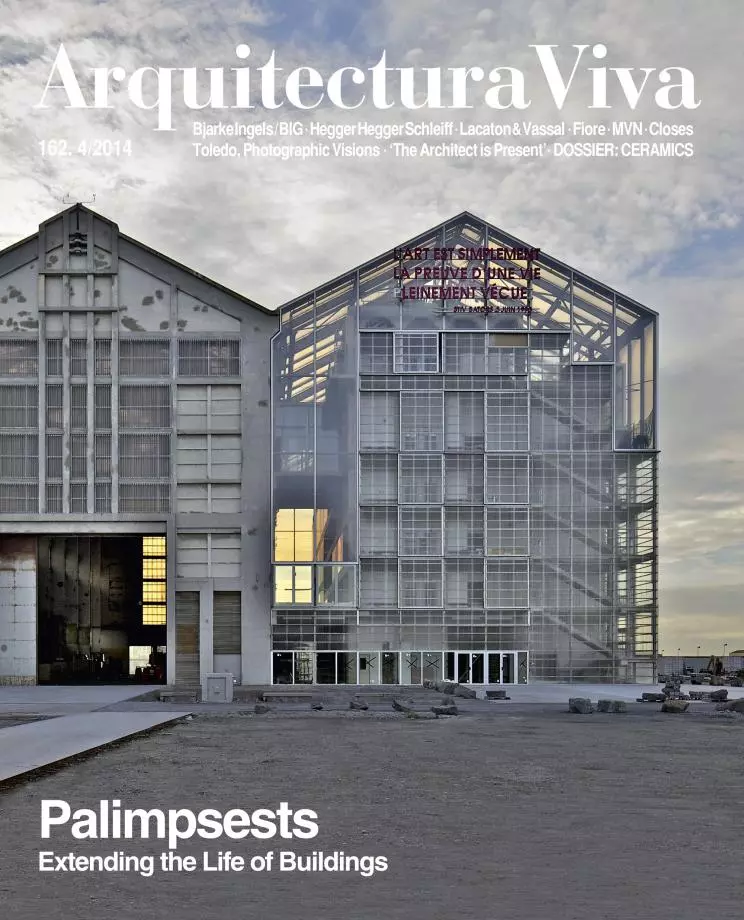
Some architects are able to build with words. Others are suspicious of them, believing that the best platforms are buildings. This is the opinion of Peter Zumthor, a master of few words but reader of Handke and Berger, admirer of Beuys, and lover of cinema, who writes little but very well and who, defying current marketing thinking, has known to be as sparing with his public appearances as with the dissemination of his projects. The result is that the lure of his personality and oeuvre has not stopped growing since the time, in 1997, when he leaped to ‘fame’ with two extraordinary works: a thermal baths complex in a Swiss town and a museum in a provincial Austrian city. Many people now take the 98 left turns and 103 right turns needed to get to Vals and marvel at the haptic pool; a cult that, as in other religions, is greater the farther and the stranger the object of worship is.
In 1998 Zumthor could not resist Lars Müller Publishers. In the heat of unexpected success he let the German firm print a monograph of his works since 1979, with exqusite photography by Hélène Binet. The book was quickly sold out and became an object of devotion for Zumthor’s ever more numerous followers, but fifteen years had to pass for the Swiss master to decide on a new monograph, stretching his chronological record to 2013 but moving the ‘official’ start of his career forward to 1985, the year he was 42 and he began to build three excellent examples of a bare and rigorous regionalism, all situated in the valley of the Grisons: the pavilion for Roman ruins in Chur, the Saint Benedict Chapel in Sumvitg, and his studio in Haldenstein.
Bound with cloth in metal tones, the five volumes of Peter Zumthor: Buildings and Projects 1985–2013 are a luxury, owing less to price than to the master’s personal involvement in its making. There are no famous trademarks in the picture. In another gesture of localism Zumthor stays close to home: Thomas Durisch, the editor, is an old collaborator; Scheidegger & Spiess, the publisher, is a small Zurich firm specializing in art books.
Aware that photographs and words cannot capture the experience of textures and light, nor partake of the exaltation of crafts that his work so involves, Zumthor has relied on a layout that does not so much describe as suggest the physical atmosphere of his buildings, which cannot be evoked on print. The result is an impressionist kaleidoscope of floor plans and sections, of images in different scales, where 43 works selected by him are presented with this structure: a sequence of photos and drawings precedes a brief, sometimes poetic description, followed by extensive documentation including new photographs, drawings, watercolors, and models, as well as aseptic CAD details. The entire visual scheme is carefully distributed in pages where the blank is as important as the print; a conception inspired, he confesses, in the Belgian artist Arpaïs du Bois’s book Where We Met (Tielt, 2011). With the same rigor and poetry of his architecture Zumthor offers us his opera omnia. But so laconic is he that who knows if this is the last.






